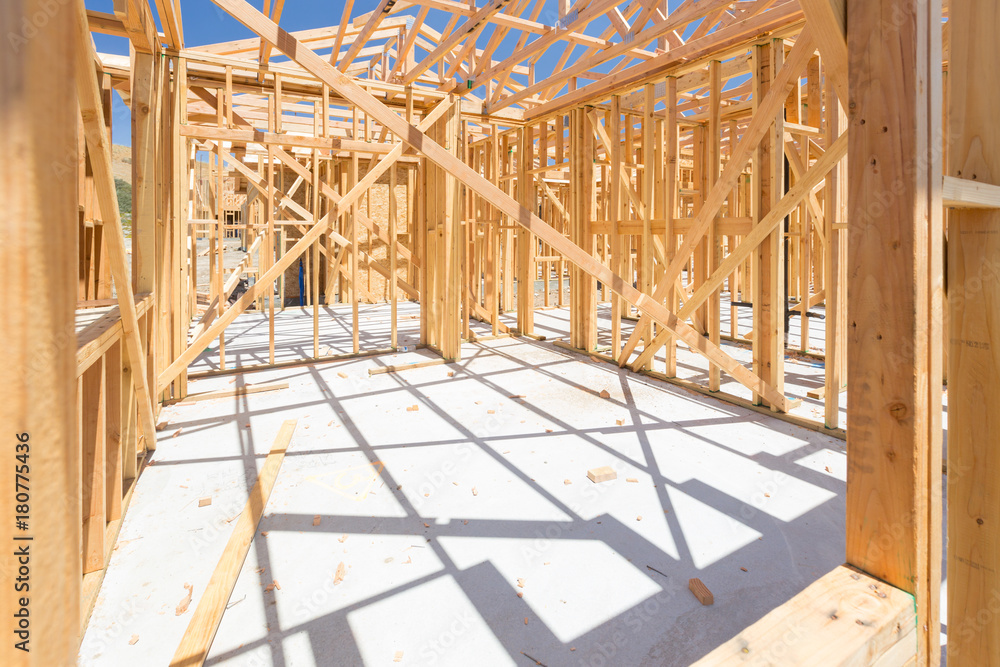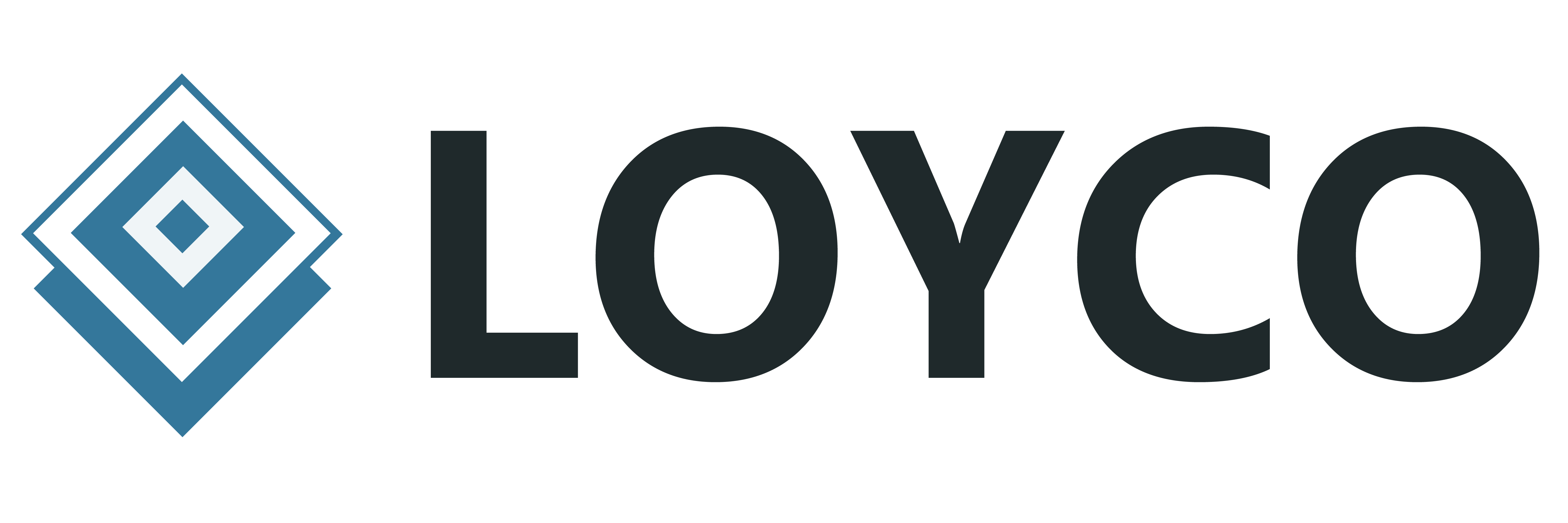
- loyco_olirtp
- June 2023
- Uncategorized
Stick vs Prefab Framing
For its elegance, durability, and sustainability, timber framing has long been admired. Stick-built and prefab timber framing are two well-liked techniques that have arisen in recent years. Both strategies offer advantages and disadvantages, therefore it’s important for aspiring builders to be aware of both. We shall examine the fundamental characteristics that set stick constructed timber framing apart from prefabricated wood framing in this article.
Building with Stick-built Timber:
Stick constructed wood framing is the term for the conventional on-site timber frame construction technique. The procedure entails putting together separate pieces of wood, such as posts, beams, and braces, to create a structural framework. The benefits and drawbacks of stick-built timber frame are as follows:
PROS:
Greater design freedom is possible with stick-built timber framing since the frame can be modified to meet unique architectural requirements and preferences. Adjustments and improvements can be made while the structure is being built thanks to on-site construction.
Craftsmanship: Skilled artisans and craftsmen who can contribute their knowledge to the project are frequently needed when building a timber frame on-site. With this strategy, the creativity and skill of timber construction are emphasised, creating structures that are one-of-a-kind and distinctive.
Site Adaptability: Stick-built timber framing is beneficial at sites with difficult topography or limited access. It enables the construction process to be tailored to the site’s unique features, making it a good option for unusual or uneven terrains.
CONS:
Time-consuming: Building a timber frame on-site takes longer than prefabricating one. The requirement for on-site assembly and the use of trained labour may extend the duration of the construction project.
Stick-built timber frame is subject to delays brought on by the weather. Poor weather can interrupt building, which will increase expenses and cause project delays.
Stick-built timber framing costs might vary based on factors such labour costs, the accessibility of qualified craftsmen, and the intricacy of the project. Accurate cost estimation might be difficult, which could result in budget overruns.
Prefabricated wood framing
Prefabrication of timber frames entails their pre-production off-site before being transported and put together on the construction site. This approach has a unique set of benefits and drawbacks:
Pros:
Efficiency & Speed: Prefabricated timber frame is renowned for its quick building pace. The construction process is less dependent on the weather because the timber frames are pre-manufactured in controlled surroundings, which speeds up project completion.
Cost certainty: Because the manufacturing process enables precise cost estimation up front, prefabricated timber frame offers more cost certainty.
Controlled factory conditions in prefabricated timber framing ensure constant quality throughout the manufacturing process. Higher quality final goods are frequently the result of perfect joinery, precise cutting, and thorough quality control procedures.
Design Restrictions: The design freedom of prefabricated timber frames may be restricted. Standard measurements and requirements must be followed during the manufacturing process, which may limit customisation possibilities.
Transportation Issues: If the construction site is in a distant place or has restricted access, it may be logistically difficult to transport huge prefabricated timber frames there. For a delivery to be both safe and effective, special arrangements and considerations must be undertaken.
Reduced Artisanal workmanship: Stick-built timber framing offers a higher level of artisanal workmanship, whereas prefab wood framing relies more on factory manufacturing techniques. Some fans like the personality and distinctiveness that handcrafted building brings.
In conclusion, both stick-built and prefabricated timber frame have advantages and disadvantages. Stick constructed timber framing can be time-consuming and weather-dependent, but it gives architectural freedom and artisanal craftsmanship. Prefabricated timber frame can have design restrictions and poor craftsmanship, but it offers speed, cost predictability, and consistency of quality. The decision between the two approaches ultimately comes down to the particular project requirements, financial limitations, and personal preferences of the builder.
